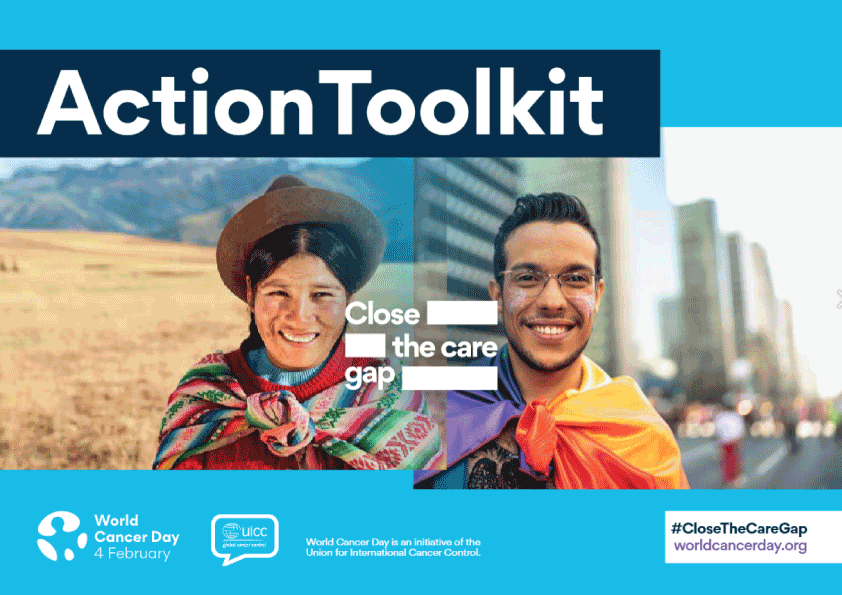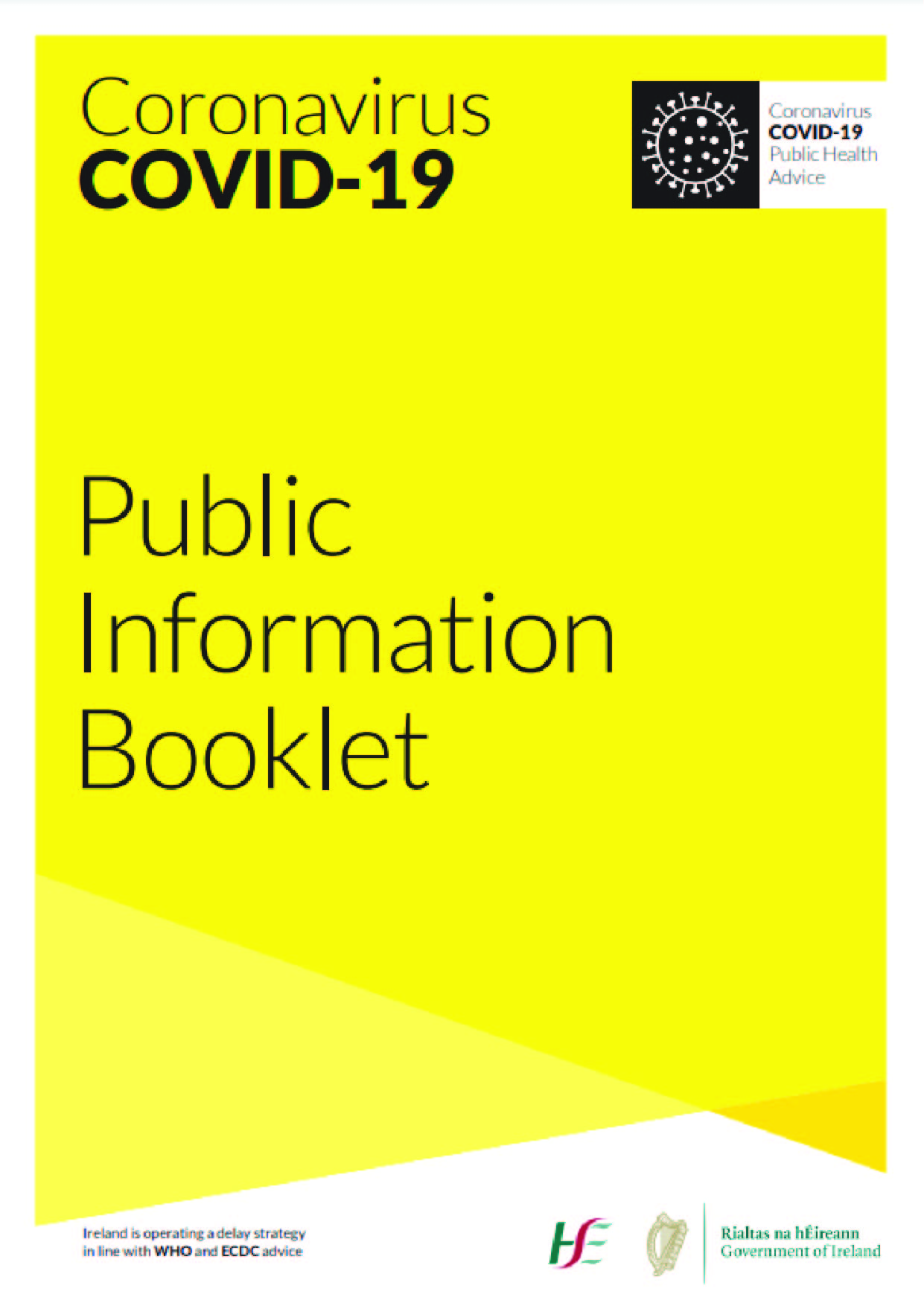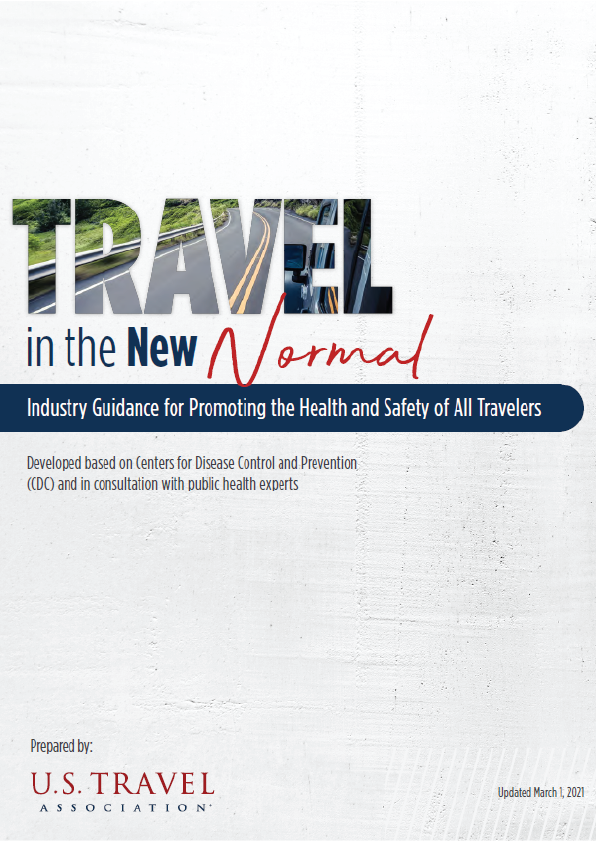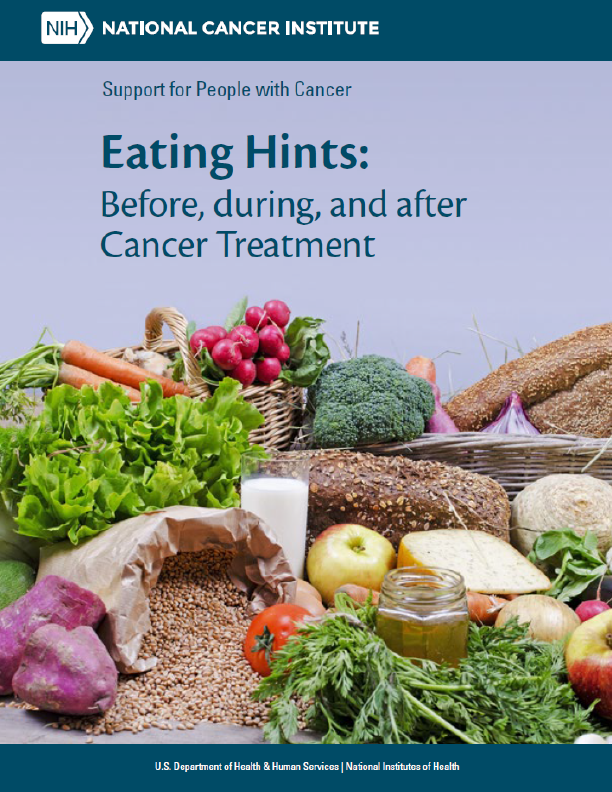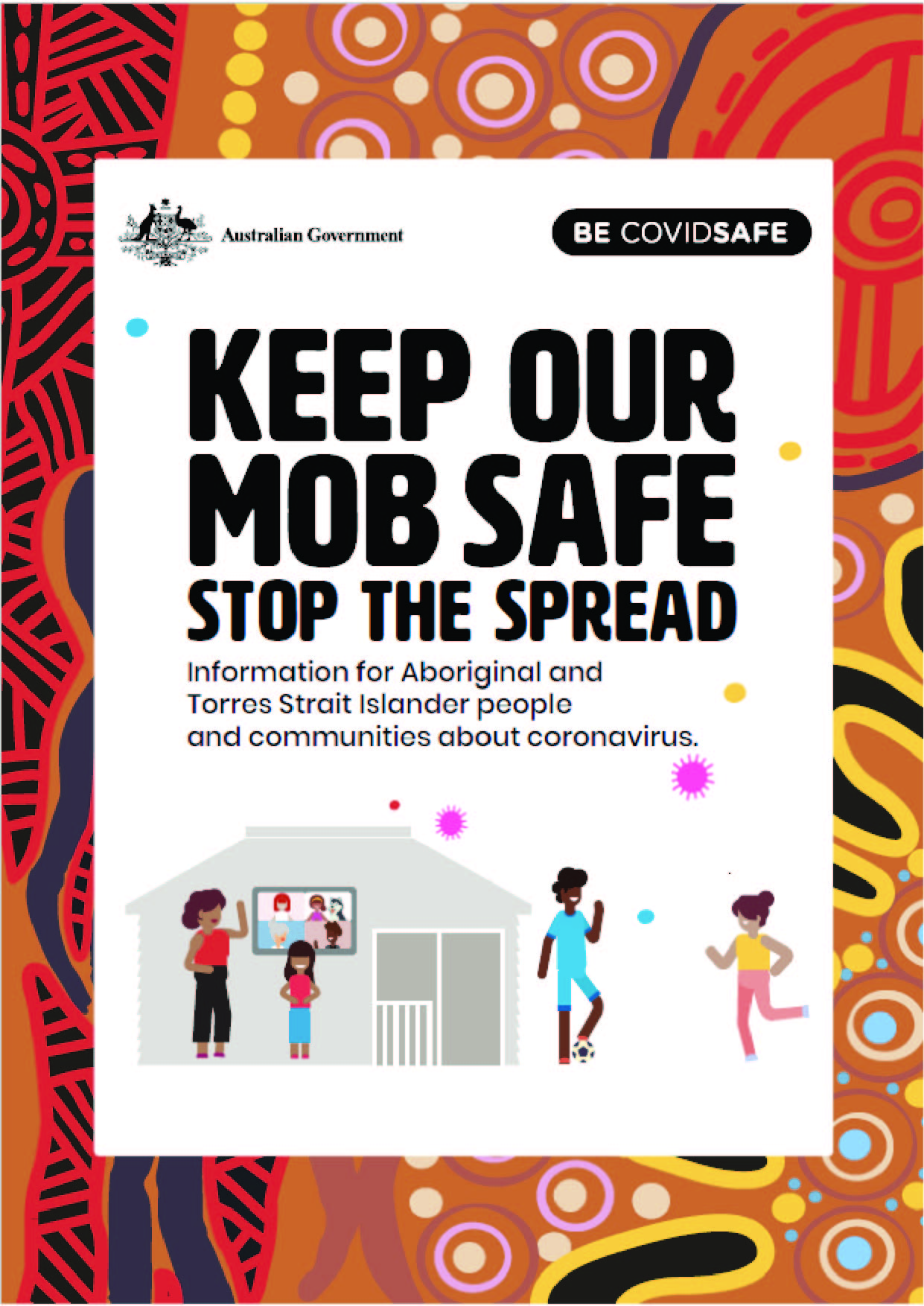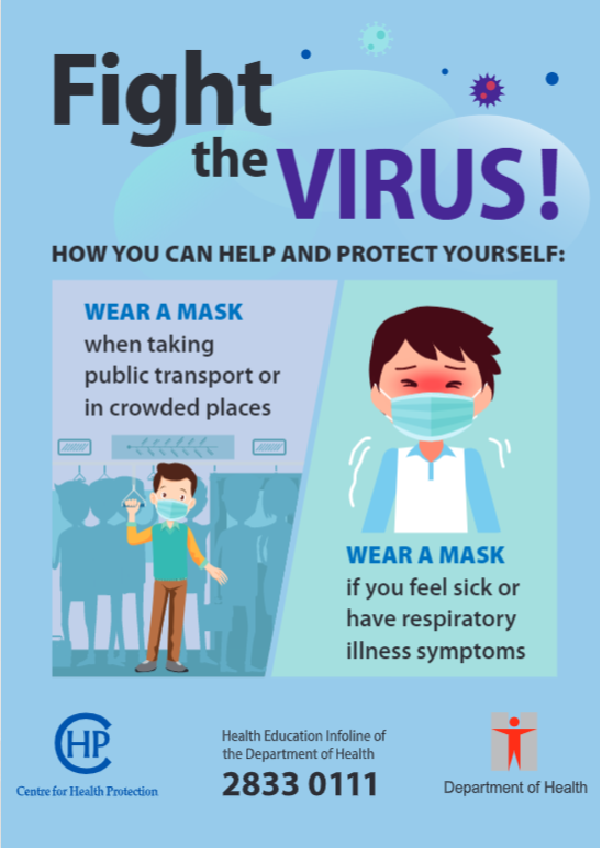Cancer is the second leading cause of death worldwide. Together, we will change that.
While we live in a time of awe-inspiring advancements in cancer prevention, diagnosis and treatment, many of us who seek cancer care hit barriers at every turn. Income, education, geographical location and discrimination based on ethnicity, gender, sexual orientation, age, disability and lifestyle are just a few of the factors that can negatively affect care.
So this year’s World Cancer Day’s theme, “Close the Care Gap”, is all about raising awareness of this equity gap that affects almost everyone, in high as well as low- and middle-income countries, and is costing lives. Join us on 4 February to speak out and stand up for a world less burdened by cancer.
#CloseTheCareGap #WorldCancerDay
Campaign Theme 2022-2024
Whoever you are, you have the power to reduce the impact of cancer for yourself, the people you love and for the world.
The first year of the ‘Close the Care Gap’ campaign is all about understanding and recognizing the inequities in cancer care around the globe. It’s about having an open mind, challenging assumptions and looking at the hard facts.
Only when we learn and understand, can we take action and make progress. It’s time to close the care gap.
What do we mean by “inequity”?
In healthcare, inequality refers to the uneven distribution of resources. By contrast, inequity means unjust, avoidable differences in care or outcomes.
The difference may seem subtle, but closing the cancer care gap isn’t really about simply providing everyone with equal resources. One size doesn’t fit all, and every challenge demands a different solution. Equity is about giving everyone what they need to bring them up to the same level.
Key issues
Explore the barriers that stand in the way of cancer care:
• Gender norms and discrimination
• Barriers for minority populations
• Socioeconomic status
• The rural-urban divide
• Refugee status and forced displacement
• Homophobia, transphobia and related discrimination
Where you live. Who you are. Where you come from. What you do. Who you love. These are called the social determinants of health, and they represent the many factors that may lead to inequities. They can unfairly stand between you and cancer prevention, diagnosis and treatment.
Read more at: worldcancerday.org/keyissues
Did you know?
- 10 million people each year die from cancer.
- 70% of cancer deaths occur in low-to-middle income countries.
- Less than 30% of low-income countries have cancer treatment services available (compared to 90% in high-income countries).
- For white women in the US, the five-year survival rate for cervical cancer is 71%. For black women, the rate is just 58%.
- In New Zealand, Māori are twice as likely to die from cancer as non-Māori.
- Cancer kills nearly 10 million people a year and some 70% of those are aged 65 or older, yet older populations face disproportionate barriers to effective treatment.
- In refugee populations, cancer is more likely to be diagnosed at an advanced stage, leading to worse outcomes.
- Up to 3.7 million lives could be saved each year through resource appropriate strategies for prevention, early detection and timely and quality treatment.
“On World Cancer Day, let us resolve to end the injustice of preventable suffering from this disease as part of our larger push to leave no one behind”
